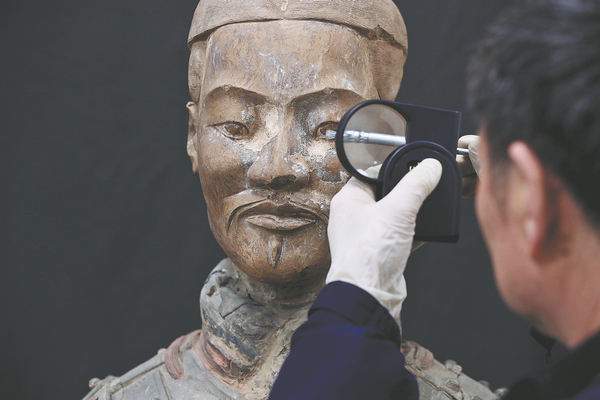

Fortunately, time has also witnessed the dedication and diligence of those who painstakingly keep the past alive and relevant. Their devotion is often counted in generations. Behind the polished museum exhibits, these are the people who wipe the dust of ages from the artifacts and give a second life to the items that have been silent observers of history.
They are, of course, the conservators and restorers of cultural relics. Just like medical practitioners who vow to spare no effort to save a patient, they, too, make diagnoses and tailor treatment to ailments of the nation's treasures. They combine traditional craftsmanship with cutting-edge technology to ensure their longevity.

Their "patients" are often icons, like the grand palace at the Forbidden City in Beijing, the walls of Pingyao Ancient City in Shanxi province, millennia-old bronzewares, scarred with verdigris and a timeworn patina, or the magnificent underground legion of the Terracotta Warriors from the Qin Dynasty (221-206 BC).
Generation after generation, deft hands and keen eyes, powered by robust hearts and unbowed enthusiasm, have skillfully kept the twin wolves of damage and decay at bay.
According to the National Cultural Heritage Administration, an army of more than 160,000 people is engaged in cultural relic-related work nationwide, protecting the more than 108 million cultural relics, which are housed in China's public institutions, and the 767,000 "unmovable" monuments, ancient architecture, structures and heritage sites that are registered nationwide.
Contact the writers at wangkaihao@chinadaily.com.cn